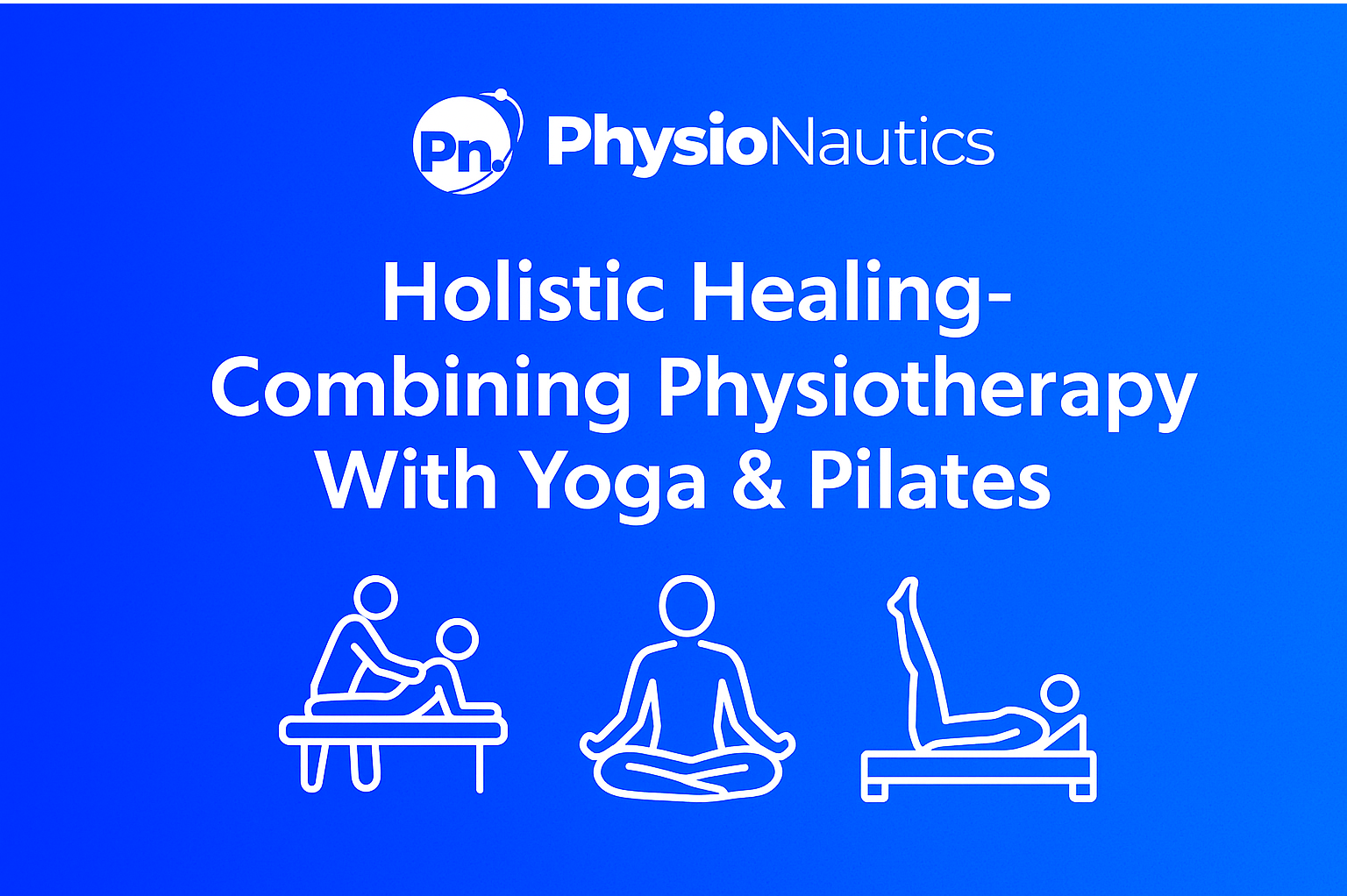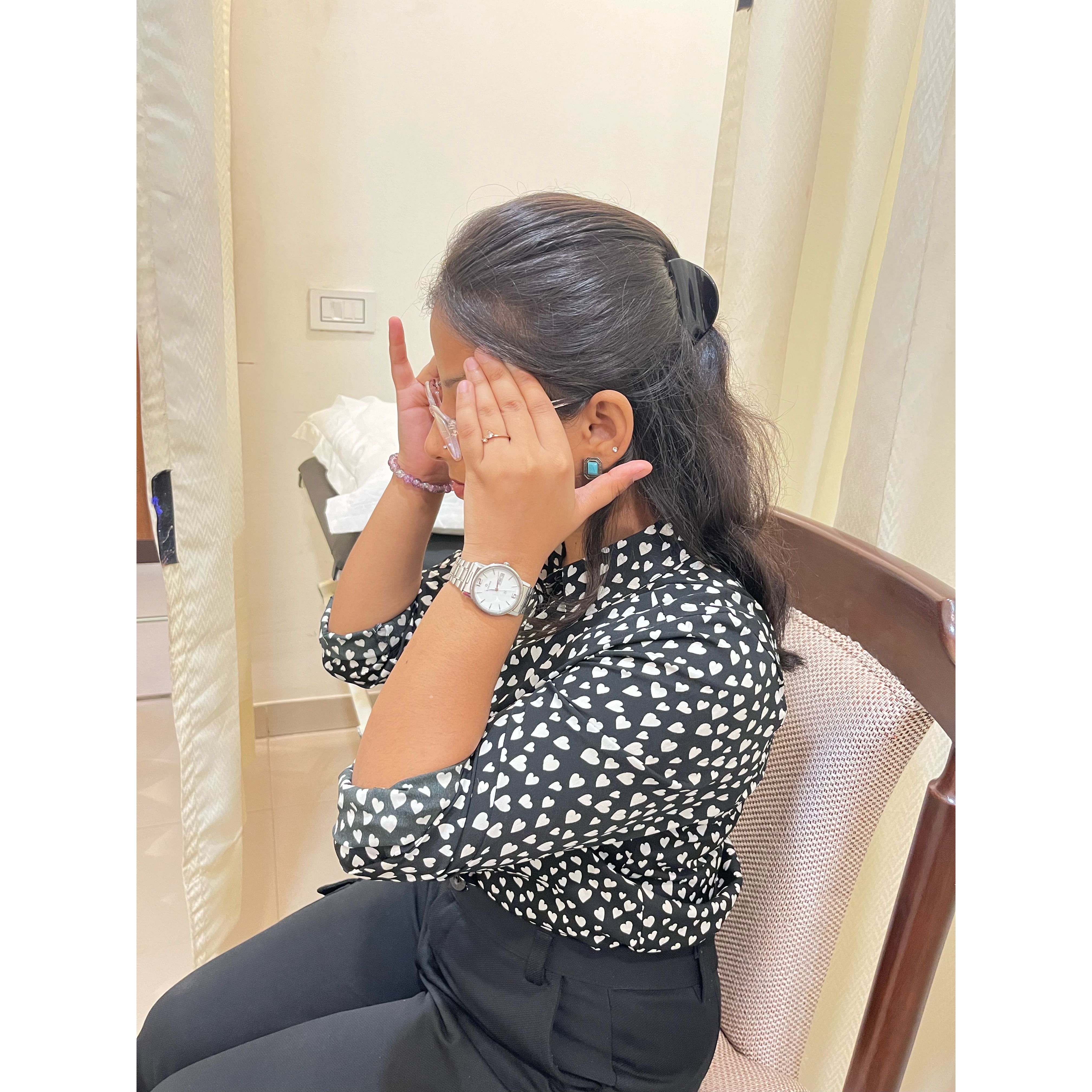



BEST DIZZINESS PHYSIOTHERAPY TREATMENT IN NEW FRIENDS COLONY-PHYSIONAUTICS Cervicogenic dizziness (CD) is a condition characterized by a sensation of altered spatial orientation and disequilibrium that arises from dysfunction in the cervical spine. It is often associated with neck pain, particularly following injuries such as whiplash. Patients may experience symptoms like light-headedness, unsteadiness, nausea, and blurred vision. The complexity of CD lies in its multifactorial nature, where cervical afferent dysfunction can lead to conflicts between various sensory systems responsible for balance and spatial awareness. Assessment of Cervicogenic Dizziness A thorough assessment is crucial for effective management of cervicogenic dizziness. This involves both subjective and objective evaluations: Subjective Assessment: Clinicians should gather detailed information regarding the patient’s symptoms, including the nature of their dizziness, triggers, duration, and any accompanying symptoms such as neck pain or visual disturbances. Objective Testing: Various tests can help identify sensorimotor control deficits: Cervical Position Sense: Evaluating the ability to perceive head position in space. Balance Tests: Such as the Romberg test to assess stability with eyes open and closed. Vestibular Assessments: Including smooth pursuit tests and gaze stability assessments. These assessments help differentiate cervicogenic dizziness from other vestibular disorders and establish a correlation between cervical spine dysfunction and dizziness. Treatment Strategies for Cervicogenic Dizziness The management of cervicogenic dizziness typically involves a combination of manual therapy, exercise therapy, vestibular rehabilitation, and education: Manual Therapy: Techniques such as mobilization with movement (MWM), passive intervertebral motions (PIVMs), and sustained natural apophyseal glides (SNAGs) can help reduce pain and restore range of motion in the cervical spine. Manual therapy should be complemented with exercise prescription to maintain gains achieved during treatment sessions. Exercise Therapy: Exercise plays a pivotal role in rehabilitation: Balance Training: Start with static balance exercises on a narrow base of support before progressing to dynamic activities like walking with head turns. Gaze Stabilization Exercises: Involve maintaining focus on an object while moving the head to improve visual-vestibular integration. Trunk-Head Coordination Exercises: Help patients learn to dissociate head movements from trunk movements. Vestibular Rehabilitation: For patients exhibiting vestibular impairments alongside cervical dysfunction, targeted vestibular rehabilitation exercises can enhance balance and coordination. Patient Education: Educating patients about their condition is essential for fostering understanding and compliance with treatment plans. Patients should be informed about how cervical spine treatment fits into their overall management strategy. Postural Correction & Motor Control Training: Focus on correcting postural alignment to offload affected structures while training deep stabilizing muscles through specific exercises tailored to individual needs. Progression & Monitoring: Treatment should be individualized based on patient response, gradually increasing complexity as tolerated without provoking dizziness or pain. We have a team of highly skilled professionals who deal with such conditions and specialized in these kinds of conditions, we also provide services in new friends colony, maharani bagh, east of kailash, sukhdev vihar and jasola
We hate spam too.